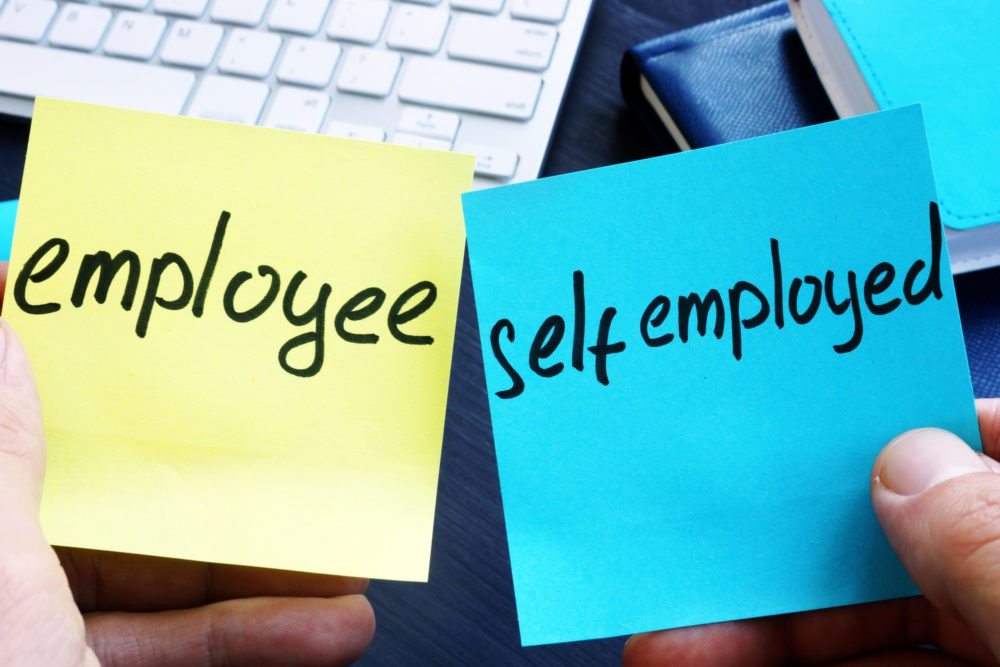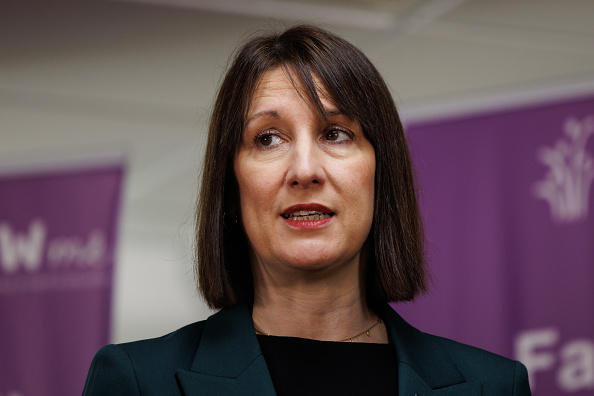A sole trader’s income is around a third of that of their fully employed counterparts, according to a report from the Institute for Fiscal Studies (IFS).
Three years after starting their own businesses, people who went into solo self-employment after a period of unemployment report earning nearly 30 per cent – or £500 less – per month on average. That gap has gone up from 21 per cent in 2002-2003.
ONS figures show that there are more self-employed people than there have been in the past 40 years. However, this move towards self-employment hasn’t created many businesses of scale. According to the report, one in nine workers is now a sole trader with no employees. That’s up from one in 11 in 2008.
Worryingly, more than four in ten solopreneurs were classed as being in poverty in 2018-2019 after deductions from housing costs, compared to one in ten who are in full-time employment. They’re also more likely to be ‘materially deprived’.
All of that said, self-employed people typically have a higher level of job satisfaction and wellbeing than those who are in full-time employment. It’s even true for people who became self-employed because of a lack of job opportunities.
Xiaowei Xu, co-author of the study, said:
“We should try to understand the desirable qualities in solo self-employment – freedom, autonomy and authority, for example – and look for ways to foster them in traditional employment relationships,” she said.
Despite this higher level of satisfaction, people aren’t in the solopreneur game for very long. One in four leave solo entrepreneurship within a year of starting, while two in five will no longer be self-employed within three years.
Around four in ten of those who became sole traders were unemployed or inactive in the year before – and those who moved out of self-employment went into a full-time staff job.
Read more
What is the definition of a sole trader and being self-employed





